One of the most common questions I get from readers is, “Do I need a primer before painting?” Paint has come a long way in recent years, offering a variety of finishes and effects that were previously unimaginable. However, no matter how advanced the paint is, it can’t always bond properly to every surface without a little help. This is where primer comes in. Let’s dive into when and why you must use primer for your painting projects.
Let’s first understand a primer.
Also read: Difference between paint sprayer and paintbrush
What is a Paint Primer?

A paint primer is a preliminary coating that is applied before painting to ensure the paint adheres better, lasts longer, and provides a smooth, even finish. Think of it as the foundation for your paint job, helping to seal the surface and create a uniform base.
How Does Primer Work?
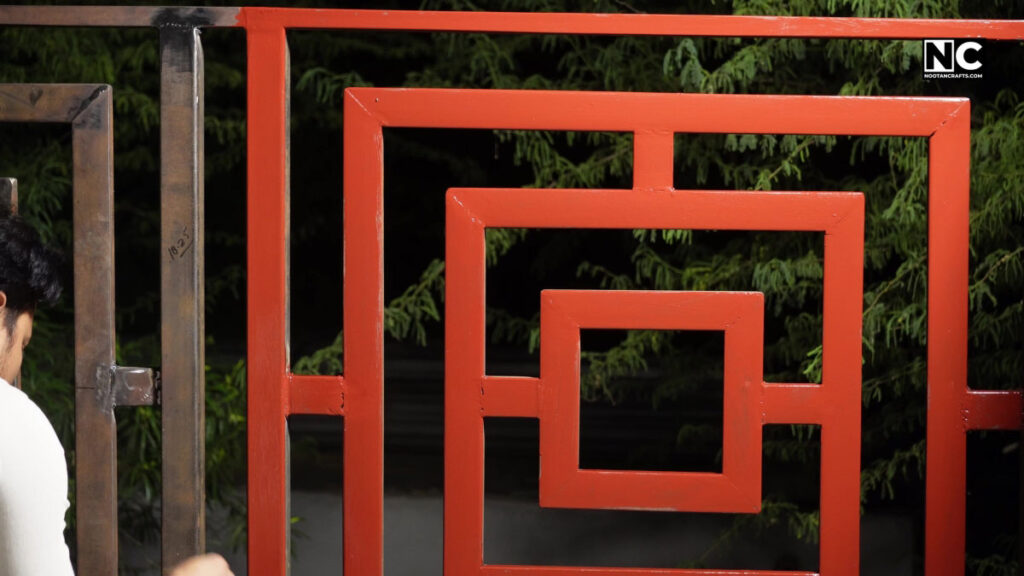
Primers work by filling in small imperfections on the surface, creating a smooth and consistent base for the paint. They also provide a layer of protection against moisture and stains, which can seep through the paint and cause it to peel or blister.
Is Primer Necessary Before Painting?
Primer is crucial whenever you cannot create a perfectly flat and smooth surface for painting. Surfaces with cracks, holes, or depressions that aren’t adequately sealed can significantly reduce the paint’s ability to adhere effectively.
What are the Benefits of Using a Primer?
Using a primer can enhance the durability of your paint job, provide better coverage, and ensure that the paint color appears more vibrant and true to its intended shade. It also helps prevent stains and odors from bleeding through the paint.
How to Prime Different Surfaces?
Every surface has a different smoothness and finish, so it’s crucial to choose the primer accordingly. Also, ensure you follow the manufacturer’s steps to achieve the smoothest finish.
Do You Need Primer to Paint Wood?
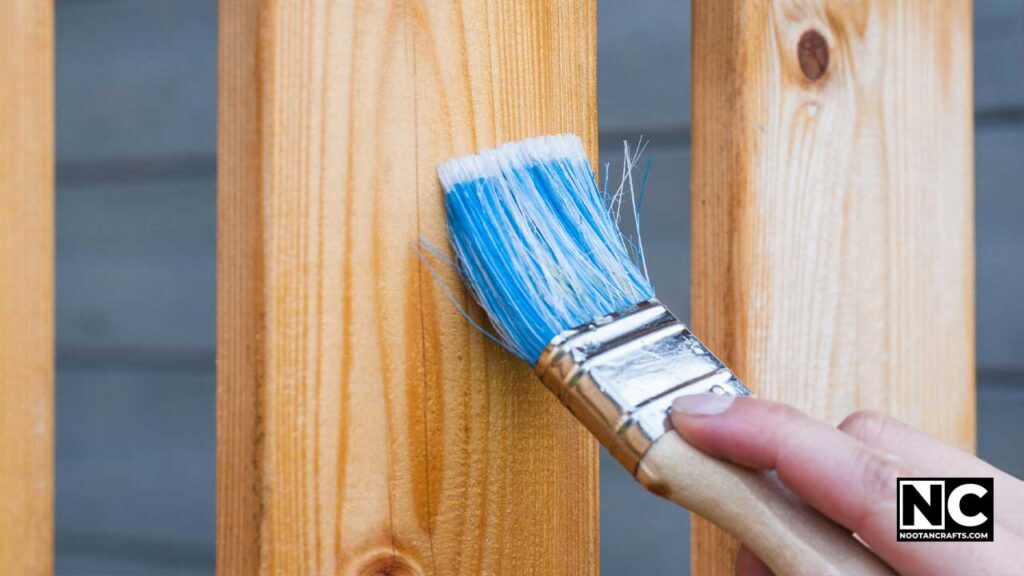
Wood is a porous material that can absorb moisture, which can cause paint to peel and blister. Primer creates a watertight seal and provides a smooth surface for the paint to adhere to.
Steps for Priming Wood:
- Sand the wood surface to smooth out any imperfections.
- Clean the surface with a rag or brush to remove dust and debris.
- Now, apply a coat of primer using a roller or brush, whichever is applicable.
- Allow the primer to dry for approximately 24 hours before applying the paint.
Why Do You Need a Primer Before Painting a Drywall?

Drywall is also a porous surface that can absorb paint unevenly, leading to an inconsistent finish. Therefore, primer seals the surface and ensures a smooth, even paint application.
Steps to prime a drywall:
- First, repair any holes or cracks in the drywall
- Now, sand the surface to smooth it out.
- Apply a coat of primer using a roller.
- Let the primer dry completely before applying the paint.
How to Prime Concrete Surface?
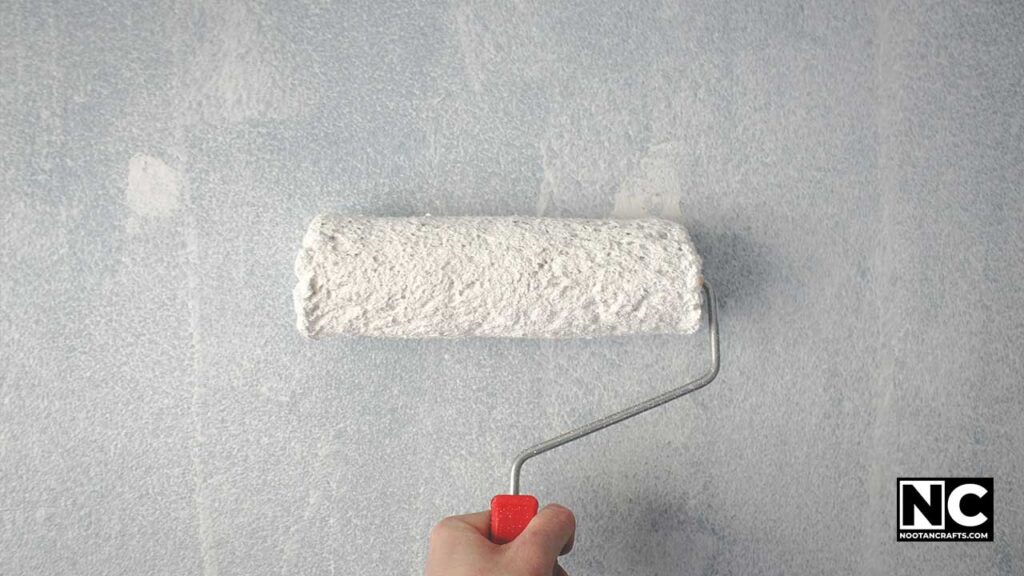
Concrete surfaces can be rough and absorbent, making it difficult for paint to adhere properly. Applying a primer coat seals the surface and creates an even base for the final paint.
Steps for Priming Concrete:
- Clean the concrete surface with a blower and brush to remove any dirt or debris.
- Apply a concrete primer using a brush or roller.
- Allow the primer to dry thoroughly for a whole day before painting.
Why do Metal Surfaces Need Primer?
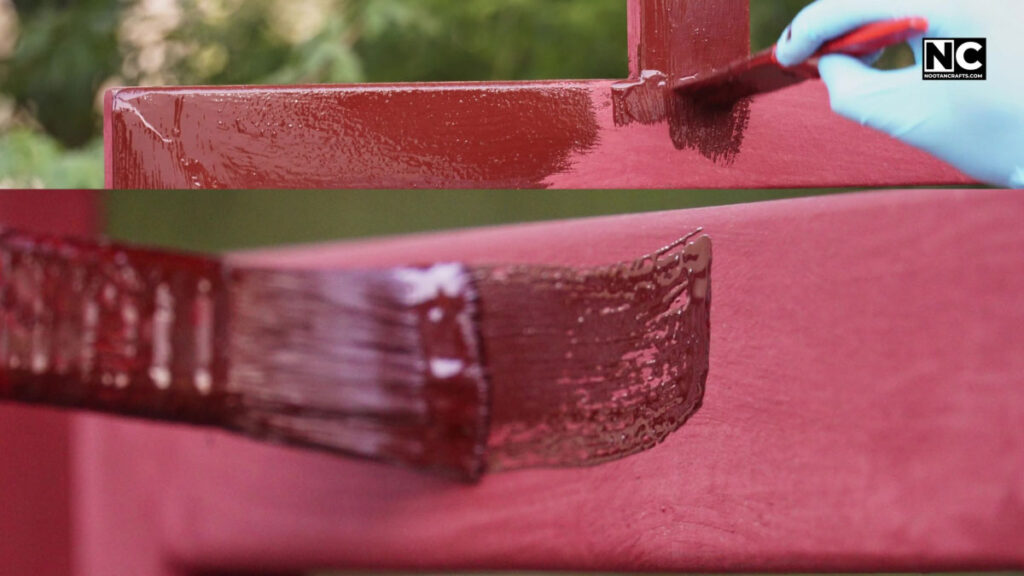
Metal surfaces can rust and corrode, causing the paint to peel. Primer helps to protect the metal and provides a better surface for the paint to adhere to.
How to Prime Metal:
- Clean the metal surface with a wire cup wheel or brush to remove any rust or debris.
- Apply a metal primer using a brush or spray.
- Let the primer dry before applying the final coat of paint.
Do I Need to Prime A Plastic Surface?
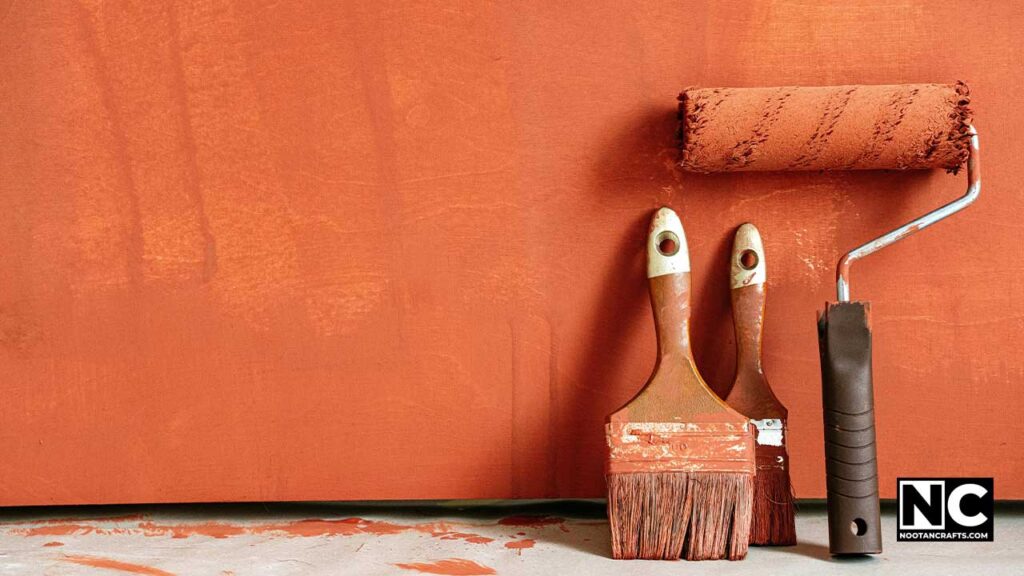
Plastic can be difficult to paint because it is smooth and non-porous. Primer helps to create a bit of a “stickable” surface to which the paint can adhere.
How to Prime Plastic:
- Clean the plastic surface to remove any dirt or oils.
- Apply a plastic primer using a spray or brush.
- Let the primer dry completely before painting.
FAQs – Do I Need a Primer Before Painting
If you don’t use a primer, the paint may not stick properly to the surface, which can potentially lead to peeling and an uneven finish.
Absolutely, you can paint over primer without sanding if the primer is dry and the surface is smooth.
Primer should typically dry for at least 24 hours before painting, but always check the manufacturer’s instructions.
It is not recommended because the primer is not designed as a final coat. It is meant to be covered with paint for a finished look.
Usually, one coat of primer is sufficient, but for very porous surfaces or bold color changes, two coats may be necessary.


So much paint!
Should I prime my wall for repainting? I painted it two years back, and it’s already started pealing!